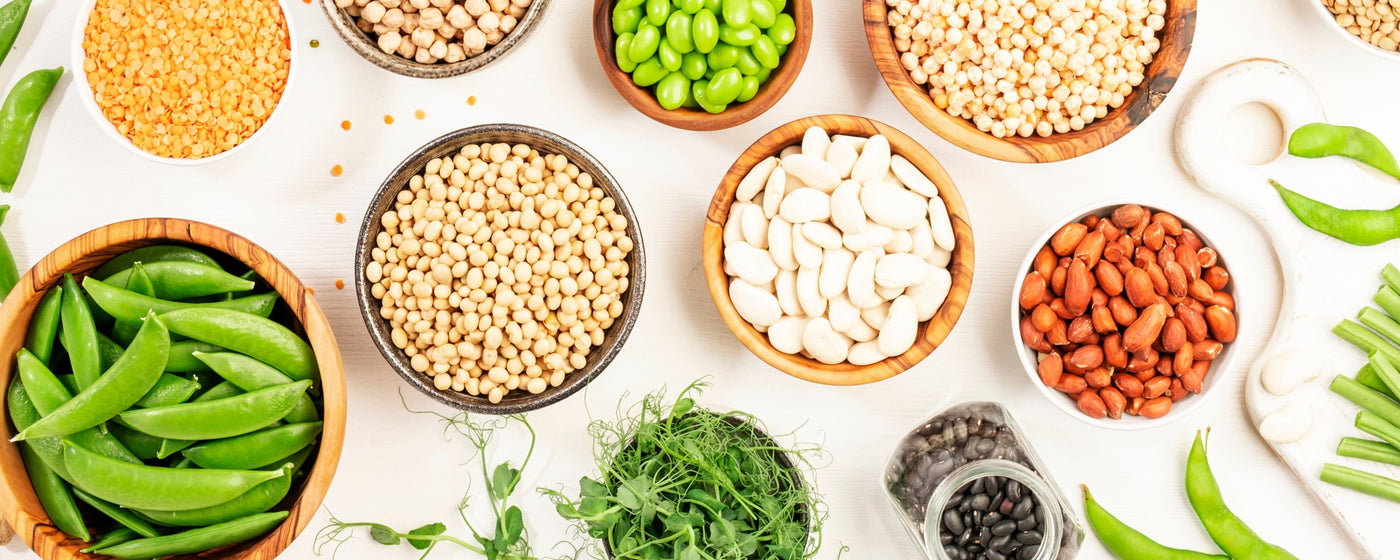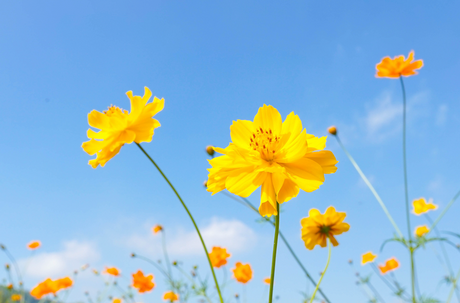This page will make much more sense after reading: Intro to Fertilizers
Why use organic fertilizers?
It’s fair to ask why organic farmers, gardeners, and consumers should care about how plants get their nutrients. After all, nitrogen is nitrogen, yes? Well, yes and no. To a plant, a molecule of ammonium (NH4 +) is indeed a molecule of molecule of ammonium, no matter where it comes from. But that molecule of ammonium can get to the plant in ways that have either good or not-so-good consequences elsewhere. One concern about production of conventional (non-organic) fertilizers has to do with reliance on fossil fuels (coal, oil, and natural gas).  As mentioned above, making plant-available forms of nitrogen in conventional industrial ways requires large amounts of fossil fuels. Fossil fuels are increasingly scarce, which is one problem, but scientists who study global warming feel that we need to cut use of fossil fuels even before we run out of them because the carbon dioxide and other gases that result from burning fossil fuels are changing global climate.
As mentioned above, making plant-available forms of nitrogen in conventional industrial ways requires large amounts of fossil fuels. Fossil fuels are increasingly scarce, which is one problem, but scientists who study global warming feel that we need to cut use of fossil fuels even before we run out of them because the carbon dioxide and other gases that result from burning fossil fuels are changing global climate.
Organic fertilizers can be produced with much less fossil fuel input. Another reason to use organic fertilizers instead of conventional, fossil fuel-based fertilizers has to do with how they release nutrients into the soil. When farmers apply conventional fertilizers to their fields, the nitrogen they contain is all immediately available to plants. Unfortunately, plants can’t use it all (or even most of it) right away, and the unused portion tends to leave the field, either evaporating or getting washed away. When nitrogen gets into the air and into ground and surface water, it disrupts various natural systems.
Organic fertilizers come in large particles that break up slowly and release their nitrogen over a much longer period of time. While this can sometimes mean that plants don’t get as much nitrogen all at once as they might like, it does mean that at least some nitrogen is available to support plant growth over a long time period, and less nitrogen is free to evaporate or wash away. The same is true for other macro and micronutrients.
Buying organic fertilizers
Broadly speaking, there are two types of organic fertilizers – those that provide macronutrients, and those that provide micronutrients.
Because organic fertilizers are made from complex living things, even the macronutrient fertilizers contain some micronutrients. However, the two are sometimes sold separately.
Like conventional fertilizers, organic macronutrient fertilizers are usually labeled prominently with three numbers. You might see a bag of composted turkey manure, for example, labeled 4-6-4 or 5- 2-4. The three numbers represent available percentages of nitrogen (N), phosphorus (P), and potassium (K), in that order (N-P-K). If you put 100 units (kg, lb, whatever) of a manure-based 4-6-4 fertilizer on your crops, 4 units out of 100 would be nitrogen in a form available for plant growth, 6 units would be phosphorus in a form available for plant growth, and 4 units would be potassium in a form available for plant growth. The remaining 86 units would be various forms of carbon, together with small amounts of other nutrients.
Most common fertilizers contain nitrogen, phosphorus, and potassium as described above, but if you look at the table of necessary plant nutrients, you’ll notice that plants also need significant amounts of calcium, magnesium, and sulfur. You might think these nutrients would be added to every fertilizer as well, but they aren’t. In a nutshell, the explanation of this is that calcium, magnesium, and sulfur are more readily available in soils than are nitrogen, phosphorus, and potassium. This is partly a function of the fact that they are more stable in soil than the others. When a plant dies, much of the nitrogen it contains leaves the soil fairly quickly by one route or another, but most of the calcium it contains stays in the soil to be taken up later by other plants.
You can certainly buy organic fertilizers that contain calcium, magnesium, and sulfur, and many gardeners would do well in particular to apply calcium to their soils (you can’t have too much of it, and it is critical for crops like tomatoes, cucumbers, and melons), but most of the time you will buy fertilizers based on their N-P-K ratings. Nitrogen particularly encourages growth of leaves, while phosphorus and potassium particularly encourage root growth.
So. Which organic fertilizer to buy, and how much to buy? Beginning organic gardeners would do well to start off the season with one 18-22 kg (40-50 lb) bag of general, all-purpose organic fertilizer. What you buy will depend on what products are available in garden stores in your area. N-P-K ratings vary widely, but in general you should look for something fairly balanced (N = P = K), like the 4- 6-4 fertilizer mentioned above. If you see fertilizers with numbers that add up to more than 15, or where one of the numbers is more than 8, they are probably NOT organic and should be avoided (there are organic exceptions to this rule – fertilizers made from bat guano can be 0-13-0).
If you are a farmer or know a farmer who has livestock (cows, pigs, chickens, turkeys, etc.), you may be able to use the manure of your animals as fertilizer, but you’ll need to be careful – fresh, raw manure (especially from chickens and turkeys) is too concentrated to apply directly to crops. It must either be composted somehow (see compost) or mixed well with soil a week or two before you plant your crops. The nutrient content of animal manure varies a lot. When you buy fertilizer, you may also wish to buy soil amendments, which are not fertilizers but improve your soil’s ability to make use of any fertilizer you do buy.
Applying organic fertilizers
If you have purchased an organic fertilizer that is fairly balanced (see above), you can apply it in one or more of three ways:
- When preparing a bed for planting, scatter fertilizer over the surface of a bed before you dig into the soil. The fertilizer will end up incorporated randomly in the soil, and plant roots will find it and use it. For some plants (lettuce and other salad greens, radishes, and carrots, to name a few) this is enough fertilizer to ensure a good crop. How much fertilizer you scatter around depends on how strong it is – read the package for suggested application rates. If you cannot find a suggested rate for bed preparation in a vegetable garden, try applying it at rate of about 2.3 kg per 10 square meters (5 lb per 100 square feet). A garden bed 1 m wide and just over 9 m long (40 in wide and 30 ft long) would take that amount of fertilizer. If you only fertilize one way, this would be the way to do it.
- Some plants, especially those that are transplanted and that produce large fruits (tomatoes, eggplants, and melons, for example) benefit from more fertilizer than the scattering method above provides. While it’s still good to fertilize the planting bed as described, you should also add some fertilizer to each planting hole before the plant goes in, working it into the soil so it’s not all in one place. This provides a more concentrated source of nutrients for these plants to grow with. The crop pages for these crops discuss how much fertilizer to use; also see transplanting for pictures of what this might look like.
- Some plants (onions, broccoli, cauliflower, cabbages, and kale, to name a few) also benefit from scattered fertilizer, but are too small when they are young to make use of fertilizer applied as described in method 2, above. Instead, wait until these plants are about halfway toward maturity, then fertilize them again at the same rate you used in preparing the bed.














































